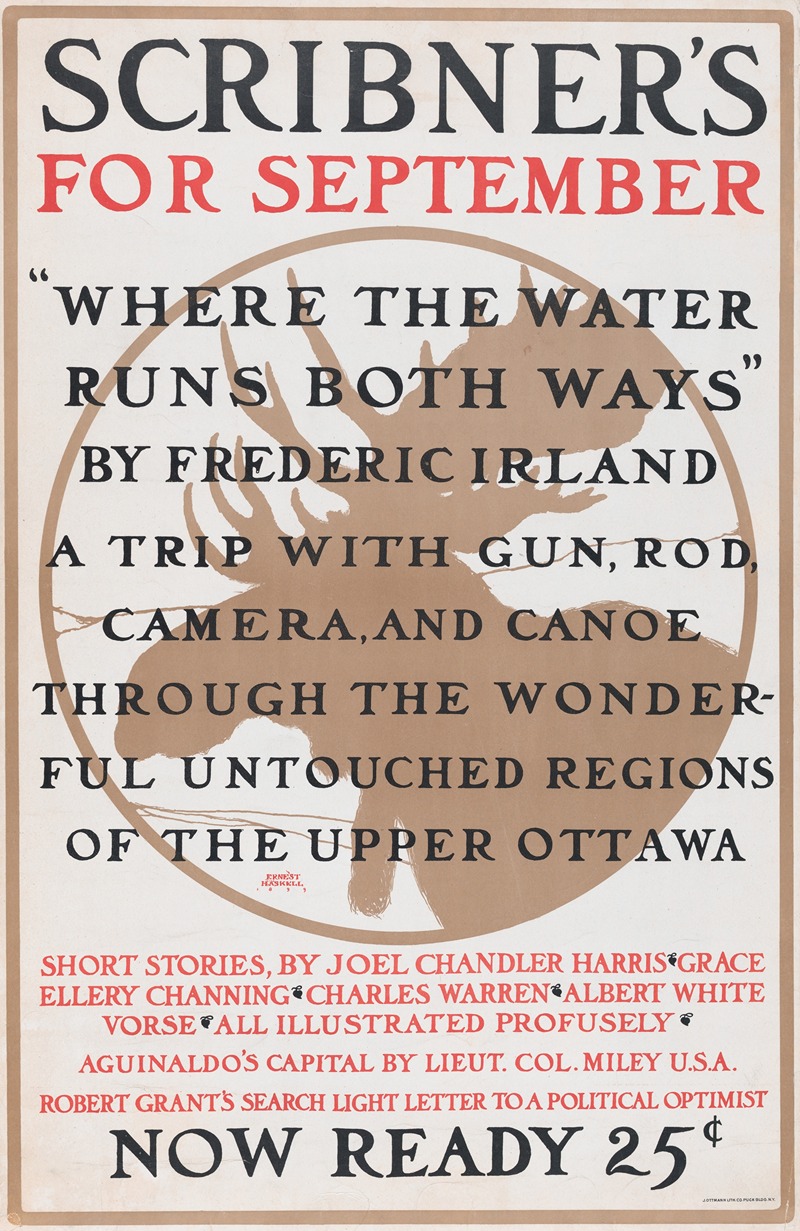
Scribner’s for September
A hand-painted replica of Ernest Haskell’s masterpiece Scribner’s for September, meticulously crafted by professional artists to capture the true essence of the original. Each piece is created with museum-quality canvas and rare mineral pigments, carefully painted by experienced artists with delicate brushstrokes and rich, layered colors to perfectly recreate the texture of the original artwork. Unlike machine-printed reproductions, this hand-painted version brings the painting to life, infused with the artist’s emotions and skill in every stroke. Whether for personal collection or home decoration, it instantly elevates the artistic atmosphere of any space.
Ernest Haskell was an American artist known for his contributions to illustration, printmaking, and painting during the late 19th and early 20th centuries. One of his notable works is the illustration for "Scribner’s for September," which showcases his distinctive style and artistic capabilities. Haskell's work was often characterized by its intricate detail and innovative use of line, which made him a prominent figure in the world of illustration during his time.
"Scribner’s for September" was created as a cover illustration for Scribner’s Magazine, a popular publication of the era that featured literature, art, and commentary. The magazine was known for its high-quality content and its commitment to showcasing the work of talented artists and writers. Haskell's contribution to the magazine is a testament to his reputation and skill as an illustrator.
Ernest Haskell was born in 1876 in Connecticut and began his artistic career at a young age. He studied in Paris, where he was influenced by the Art Nouveau movement, which is evident in his work. Haskell's illustrations often featured flowing lines and organic forms, elements that were characteristic of Art Nouveau. His ability to blend these stylistic elements with his own unique vision made his work stand out in the competitive field of magazine illustration.
The illustration for "Scribner’s for September" exemplifies Haskell's mastery of line and form. While specific details about the content of this particular illustration are not widely documented, it is likely that it reflects the aesthetic qualities that Haskell was known for. His work often included elements of nature, such as plants and animals, rendered in a stylized and decorative manner. This approach not only appealed to the tastes of the time but also demonstrated Haskell's technical skill and artistic sensibility.
Throughout his career, Haskell worked on a variety of projects, including posters, bookplates, and advertisements, in addition to magazine illustrations. His versatility as an artist allowed him to adapt to different formats and styles, making him a sought-after illustrator for many prominent publications and clients. Despite the commercial nature of much of his work, Haskell maintained a high level of artistic integrity and creativity, which is evident in his contributions to Scribner’s Magazine and other outlets.
Ernest Haskell's legacy as an artist is marked by his ability to capture the essence of the Art Nouveau movement while also pushing the boundaries of illustration. His work for "Scribner’s for September" is a reflection of his talent and his influence on the field of illustration during a pivotal time in art history. Haskell continued to create art until his death in 1925, leaving behind a body of work that continues to be appreciated for its beauty and innovation.





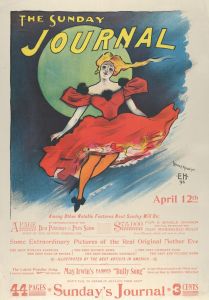

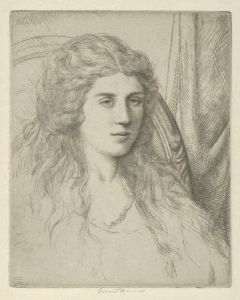
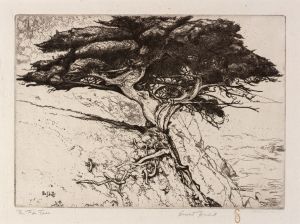
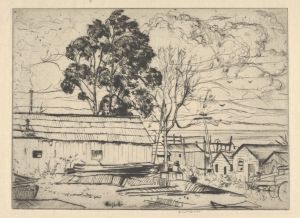
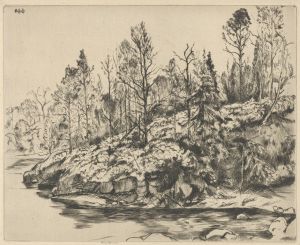
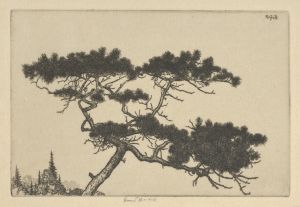
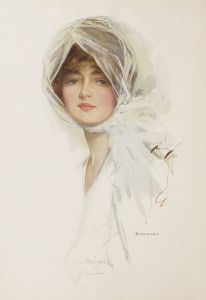
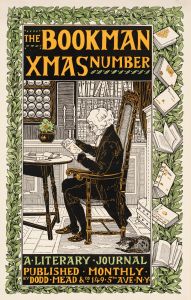
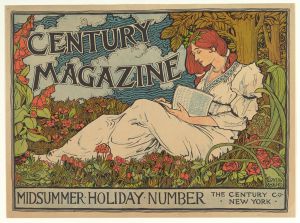
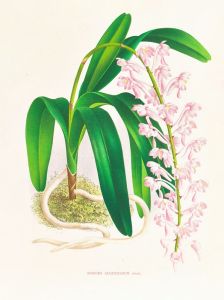
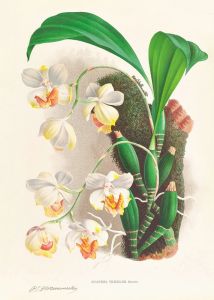
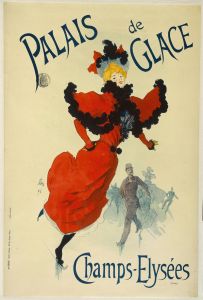
![Miscellaneous small sketches for inlaid table tops.] [Design with green lines and yellow wave motif](/imgs/249436/s/winold-reiss-miscellaneous-small-sketches-for-inlaid-table-tops-design-with-green-lines-and-yellow-wave-motif-474c01c.jpg)